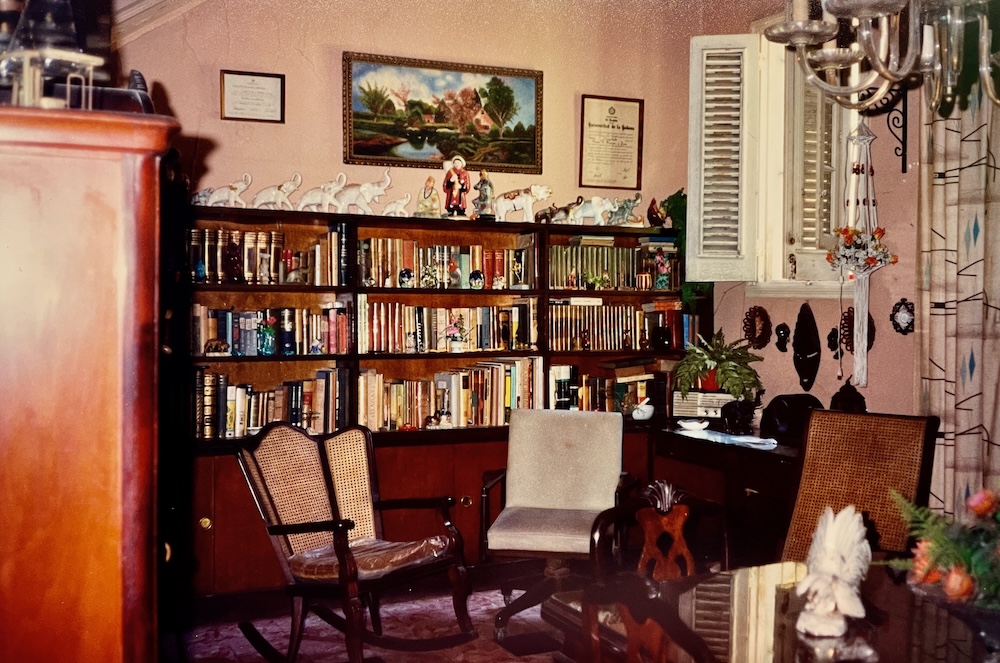When I went to Cuba for the first time in the summer of 1995, I assumed that the story of Cubans who lived in virtually the same environment as they did in 1959 was a fiction or myth. Boy, was I wrong! Experiencing a home deliberately “stuck in time” was not hard to find, especially when locals discovered I was not just a young visitor from the United States but a historian of the Republic to boot! This apartment occupied the ground floor of my cousin Normita’s building. It belonged to a spirited, elderly woman named Margot, who promptly explained that she had personally fought the dictatorship of Gerardo Machado and helped topple it in the Revolution of 1933. She wasn’t lying: just as easily as one could find magazines published in May 1960—the month Fidel Castro’s regime “nationalized” the remaining independent media—so one could find evidence of Margot’s membership in anti-Machado organizations. These included the secretive, hardly documented urban underground known as the “ABC”. She also preserved once bright green anti-Machado flags that adorned the homes of thousands of prosperous and professional Cubans in the waning weeks of a national strike before Machado fled the island. “En ese mes final, antes de que se fuera, había un silencio en la calle. Nadie salía de casa. Yo puse mi bandera verde, y luego mi bandera negra, porque yo lo odiaba. El terror de Machado creó el terror de cada uno de los dictadores que vinieron después,” she told me, impishly. JUNE 1995.

